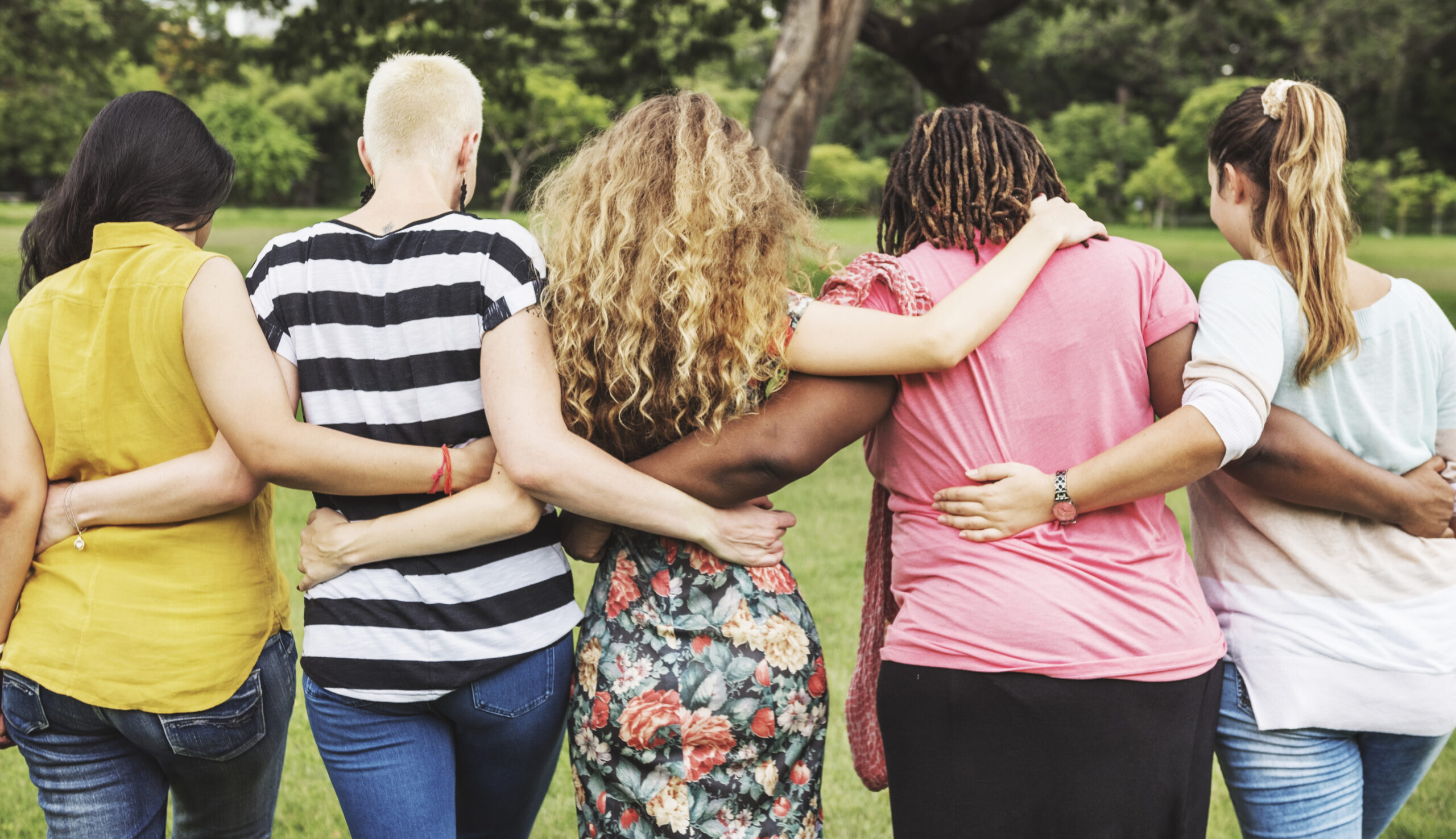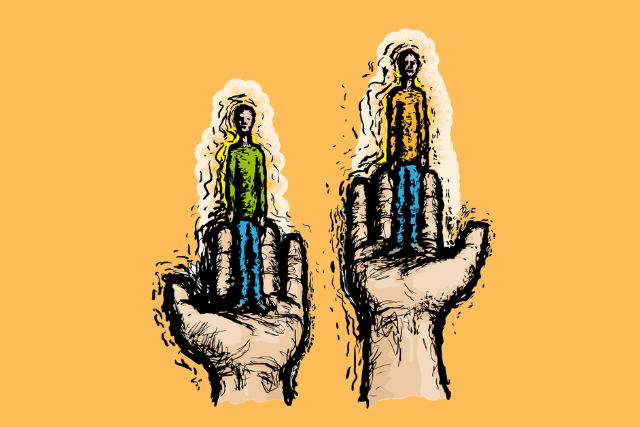One of the most insidious and painful aspects of social anxiety many of my clients describe is the feeling of being alone, disconnected, and different from others. These feelings, and the perceptions and beliefs associated with them, can both contribute to and be the result of high levels of distress and suffering in social situations. Over the years, I have utilized two very simple but powerful practices to help work with these feelings. They are drawn from two of my favorite teachers, Pema Chodron and the Dalai Llama. I will describe the practices briefly, and discuss how to understand and utilize them in connection with a Cognitive-Behavioral Therapy (CBT) approach.
“Just like me”
In her book, Welcoming the Unwelcome, Pema Chodron provides a simple practice she calls “Just like me,” which I have found to be immeasurably helpful in working with social anxiety. It begins with recognizing and bringing mindful awareness to feelings of anxiety (or other feelings) as they arise in you. Next, with an attitude of compassion and acceptance, remind yourself that “Just like me, all others feel anxious sometimes,” or “Just like me, the others here have felt anxious, insecure or different,” etc. With repetition, the practice helps to redirect your focus and thoughts away from separateness, evaluation, and judgment. It also helps to normalize and bring compassion to your experience, creating space to refocus on engaging in the moment.

“Just human”
Similarly, in one of his numerous writings the Dalai Lama retold the story of how he responded when someone asked him how he never appears anxious before the talks and meetings he has in front of large crowds. His response was simple, stating “just human.” I’ve interpreted this to mean that despite the endless varieties of people he’s talked with, they all share the same universal human experience and share the same essential nature, just like him. We are all fallible and imperfect, will make some social mishaps and even not be viewed positively by others at times. Fortunately, none of us are alone in this. Furthermore, infallibility and perfection are not necessary for positive social interactions or deep and lasting relationships. Not sold? You may find benefit from learning how to gather evidence on a new belief such as this by learning how to do behavioral experiments and working with your therapist on how to practice them in social situations.
Understanding and releasing maladaptive thought patterns
Both of these practices are designed in part to help free ourselves from maladaptive thoughts entrenched in ideas of separateness and judgment, to practice compassion for ourselves and others, and to remember the broader truth of our interconnection with others. They also function similarly to strategies utilized in CBT for social anxiety, designed to help gain perspective and reappraise unhelpful and distorted beliefs of others and self in social situations. Some examples of common beliefs and/or underlying assumptions that give rise to these anxious thoughts and feelings include:
- Others perceptions/judgments of me are more important than my own in this situation.
- Others must be feeling more calm and confident than me.
- If I make a mistake or say the wrong thing, others won’t want to connect with me, or I’ll lose the friends I do have.
- Others are “above me” in a social hierarchy.
- I have flaws at risk of being “exposed,” others don’t.
- Other people don’t feel this way.
- If I feel anxious, it means I’m different and/or less than others.
When brought into a social situation, the beliefs and assumptions listed above give rise to feelings of apprehension and anxiety, thereby putting unrealistic expectations on ourselves to “perform” socially in order to achieve connection and avoid judgment or exclusion. Ultimately, the perceived threat of and stress of interacting socially in this way becomes overwhelming and leads to avoidance of social opportunities, and further away from our true goals of connection and relationship.

When you are able to bring awareness to and identify when such unhelpful beliefs are present, practices such as “just like me,” and remembering we are all “just human” can be valuable reminders to help step back and engage more helpful and truthful thoughts. Additionally, strategies such as cognitive restructuring and mindful focused attention complement these practices in gaining freedom and compassion from the false stories of separateness and judgment the anxious mind likes to create.
Written by,
Robert Yeilding, Psy.D.
National Social Anxiety Center of Bixby Knolls – Long Beach, CA











